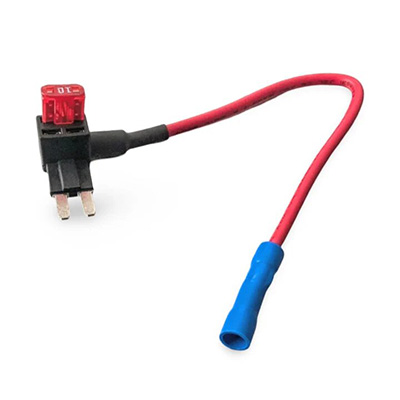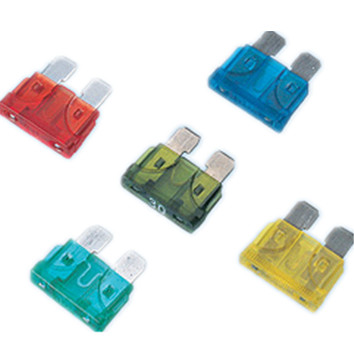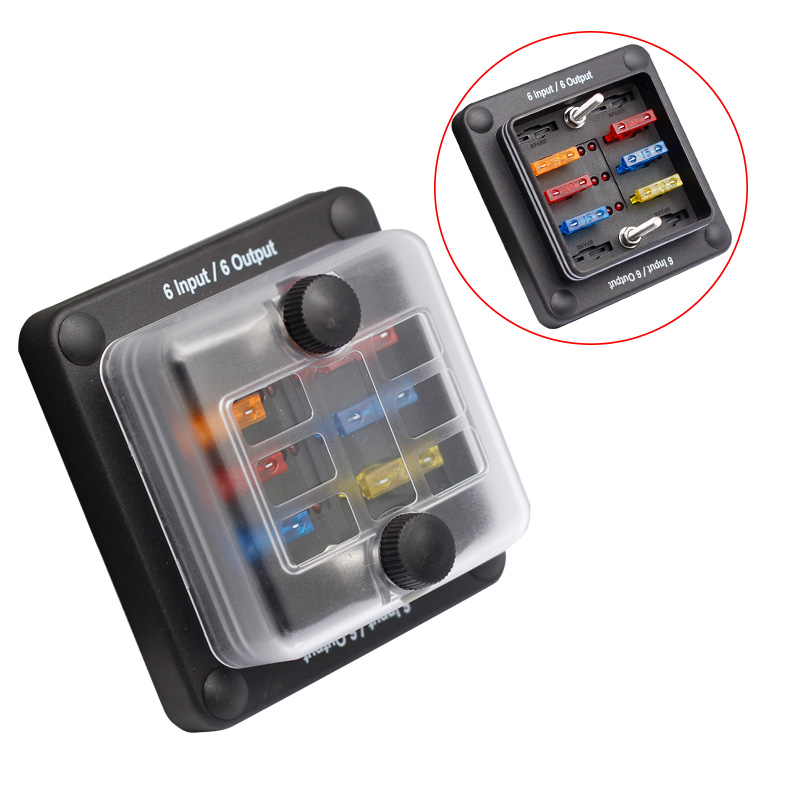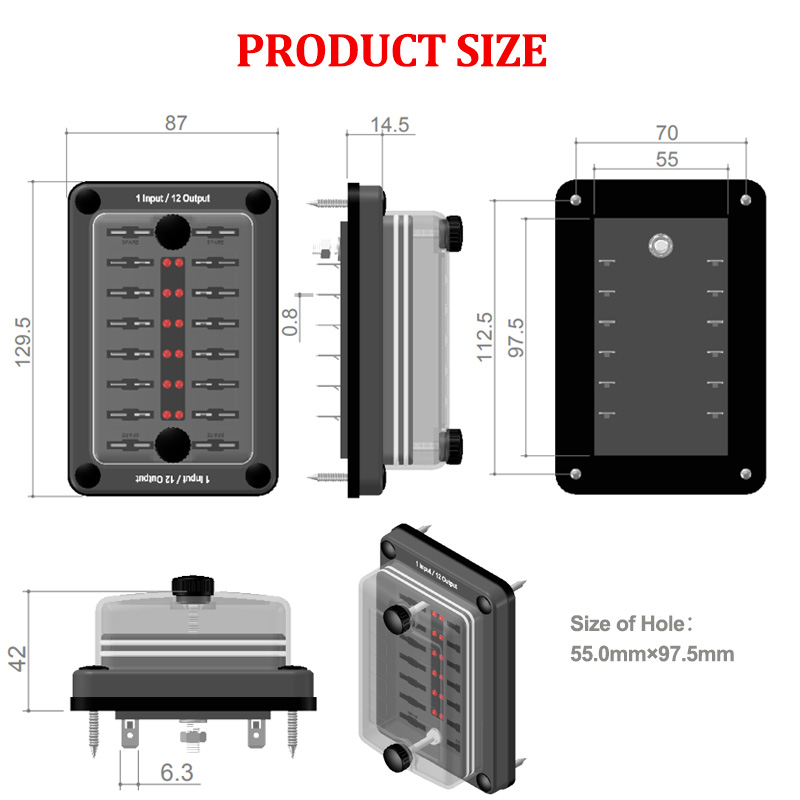Enhancing Automotive Comfort and Safety with Fuse Taps for Seat Heaters
News 2025-10-20
Fuse taps are essential components in modern automotive electrical systems, providing a reliable way to integrate additional accessories like seat heaters without compromising vehicle safety. These devices allow users to tap into existing fuse boxes, enabling the addition of comfort features that enhance the driving experience. In the context of automotive comfort accessories, fuse taps ensure that seat heaters operate efficiently, drawing power safely and preventing overloads that could lead to electrical issues. This approach not only supports energy-efficient heating but also extends to other accessories, making it a versatile solution for vehicle customization.

Application Scenarios in Vehicles
Fuse taps find extensive use in various automotive settings, particularly where comfort and convenience are prioritized. For instance, in cars equipped with seat heaters, these taps connect to the fuse box to supply power, ensuring quick and even heating during cold weather. Beyond seat heaters, they support other comfort accessories such as lumbar support systems or heated steering wheels, allowing seamless integration without the need for complex wiring modifications. In commercial vehicles or fleet cars, fuse taps facilitate the addition of multiple comfort features, improving driver satisfaction and reducing fatigue on long journeys. This adaptability makes them ideal for both personal and professional automotive applications, enhancing overall user experience.
Performance Advantages of Fuse Taps
One of the primary benefits of fuse taps is their ability to maintain circuit integrity while adding new loads, which is crucial for safety in automotive environments. They offer low resistance connections that minimize voltage drops, ensuring that seat heaters and similar accessories perform optimally without drawing excessive current. Additionally, fuse taps are designed for durability, with materials that withstand high temperatures and vibrations common in vehicles. This results in longer-lasting performance and reduced maintenance needs, making them a cost-effective choice. Their compact size also allows for easy placement within tight spaces in the fuse box, providing a practical edge over traditional wiring methods.
Installation and Compatibility Considerations
When installing fuse taps for seat heaters, compatibility with the vehicle’s electrical system is key to avoiding potential issues. Most fuse taps are universal, fitting standard blade-type fuses found in many car models, which simplifies the process for DIY enthusiasts and professionals alike. Installation typically involves selecting an appropriate fuse slot and securing the tap with basic tools, ensuring a secure connection that doesn’t interfere with original circuitry. It’s important to choose taps rated for the correct amperage to match the accessory’s requirements, promoting safe operation. Regular checks can help maintain performance, making fuse taps a reliable option for upgrading automotive comfort features.
Frequently Asked Questions
1. What is a fuse tap and how does it work?
A fuse tap is a small adapter that connects to an existing fuse in a vehicle’s fuse box, allowing an additional circuit to be added for powering accessories like seat heaters.
2. Can fuse taps be used with any vehicle model?
Yes, most fuse taps are designed to be universal and compatible with standard fuse boxes in a wide range of vehicles, but always check the fuse type and rating for best results.
3. What are the main benefits of using fuse taps for automotive accessories?
They provide a safe, easy way to add comfort features, improve electrical efficiency, and reduce the risk of wiring damage or overloads in the vehicle’s system.


